‘It breaks your heart a bit’: The farmers burning their own crops to fight a mouse plague
‘What they don’t eat is ruined anyway as their urine trickles down through the bales’
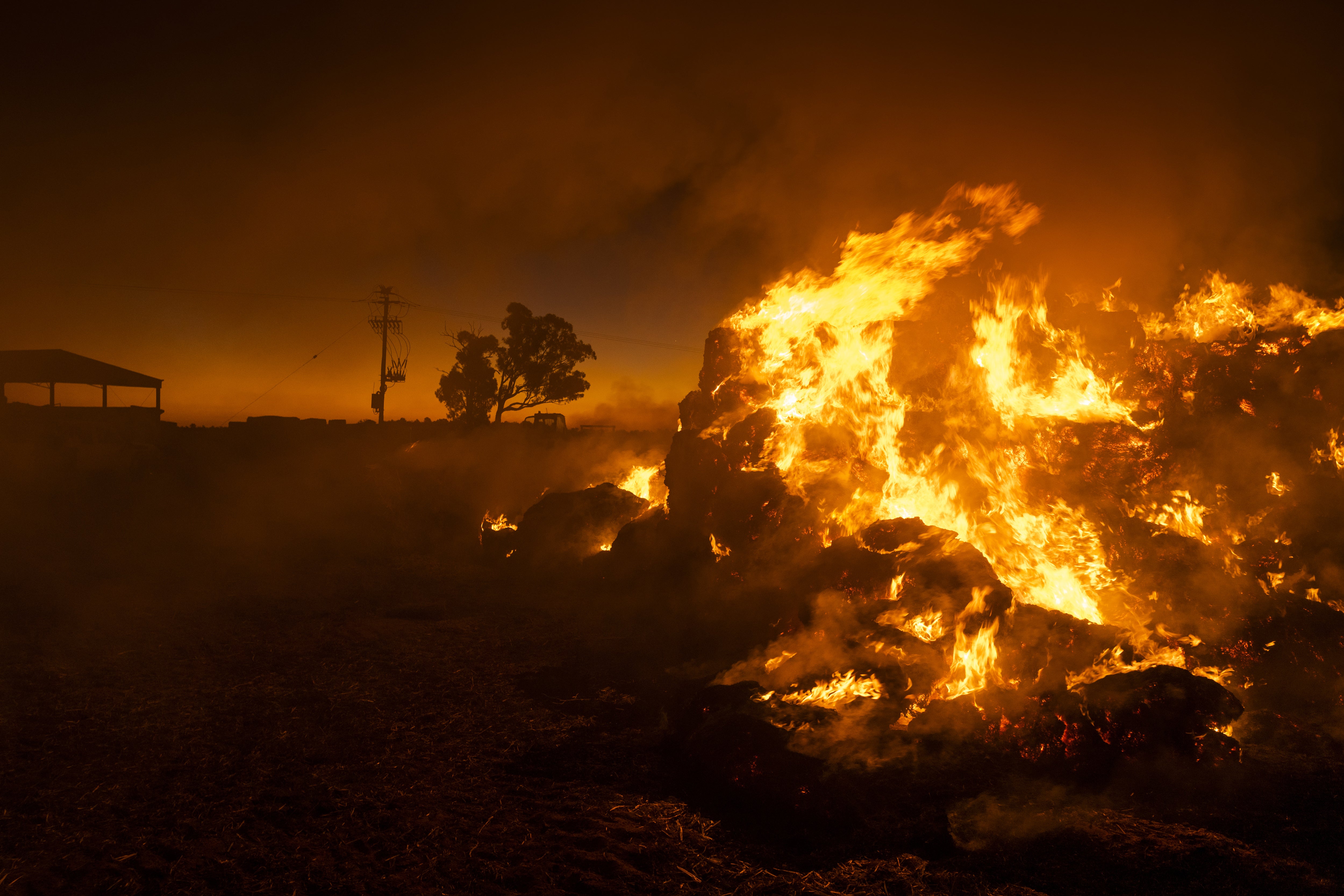
Colin Tink, 63, has been farming all his life and has never experienced a mouse plague like the one ravaging Australia's eastern grain belt. Nor a drought like the one that preceded it, which turned fertile crop areas into dust bowls.
When the rains finally came last year, Mr Tink thought his fortunes were changing.
The rain led to bumper crops through the spring and summer months (September to March in the Southern Hemisphere). Silos are overflowing with grain. And barns are piled high with hay. Mr Tink grew enough hay to feed his cattle for two years.
Then the mice arrived. Thousands of them.
The vermin burrow deep into his hay. What they don't eat is ruined anyway as their urine trickles down through the bales. The smell is acrid. It sticks in your nose and lingers on your clothes.
“It breaks your heart a bit,” Mr Tink said. “We're back to square one.”
When I wake up in the morning I am talking about mice and then when I go to bed I am still talking about mice
Not one to give up, Mr Tink recently fashioned a giant mouse trap out of a shipping container he uses to roll out grain for his cattle. He lures mice into the container by scattering grain on the floor.
Then, Mr Tink, or his five-year-old grandson, Jock, sweep the mice with a broom toward a pool of water positioned at the open end of the container. The rodents hurtle into the water. Trapped by a thin layer of dishwashing liquid, they quickly drown.
On the first evening, they caught 7,000 mice. The next night it was 3,000. Now, they're averaging about 1,000 a night.
“We won't beat 'em but we might slow them down a bit,” Mr Tink said.
Australia suffers a mouse plague every decade or so. Some older farmers recall an infestation during the 1970s in which the ground felt as if it was moving, it was so thick with mice.
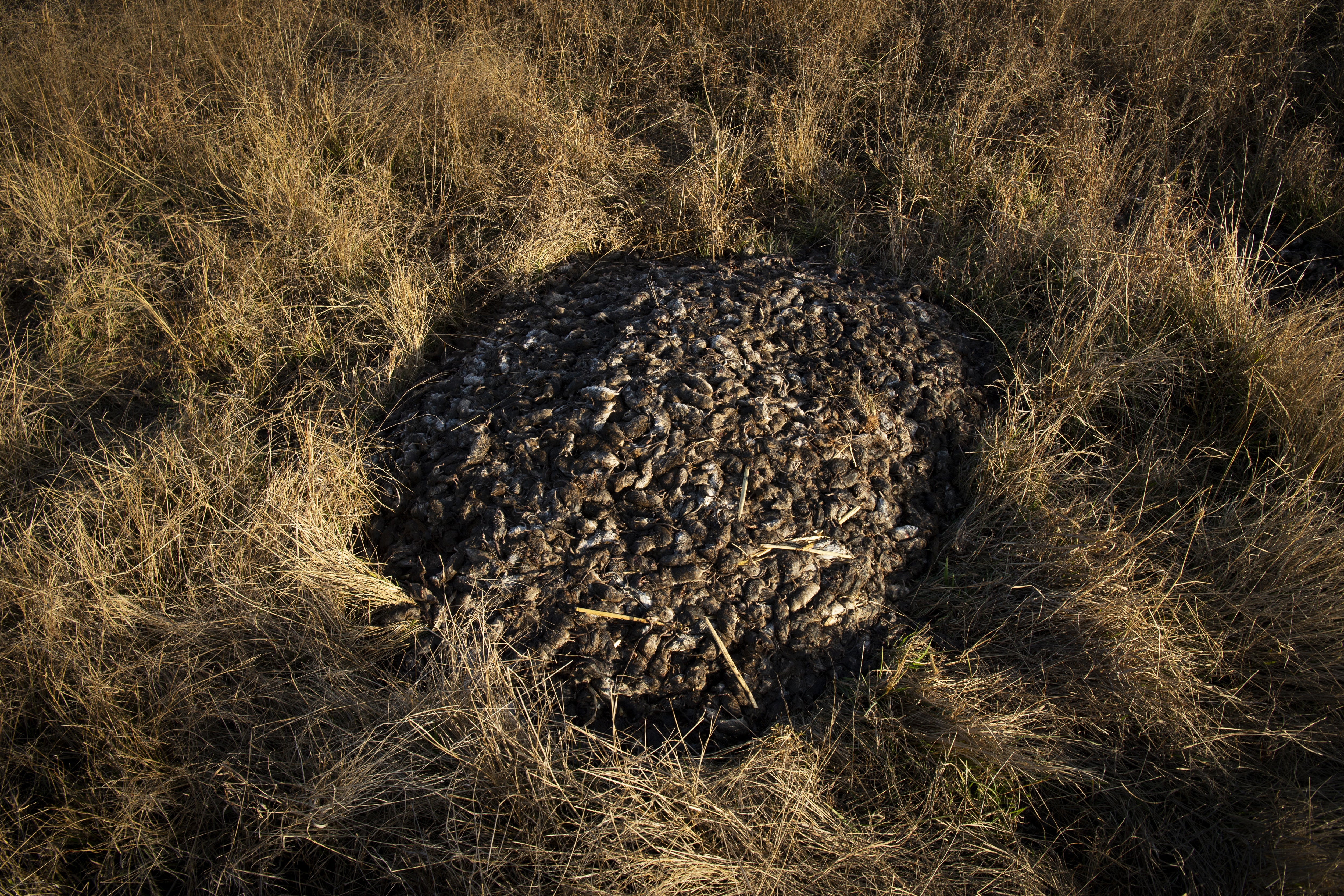
One contributing factor is changing farming practices. To maintain moisture in Australia's arid soil, farmers are sowing new crops directly onto the old stalks that were left in the ground.
That means mice have more places to shelter – and have more food.
The New South Wales government has secured 5,000 litres (1,320 gallons) of a deadly bait called bromadiolone. Scientists worry the poison may inadvertently kill other species - wedge-tailed eagles, owls, snakes and goannas (large lizards) that are feeding on the abundant mouse prey.
The mice also carry viruses that are potentially deadly to humans. Health authorities in Queensland state say the number of cases of leptospirosis - a flu-like illness that can lead to meningitis, kidney failure, bleeding and respiratory complications - have almost doubled in 2021 compared with this time last year.
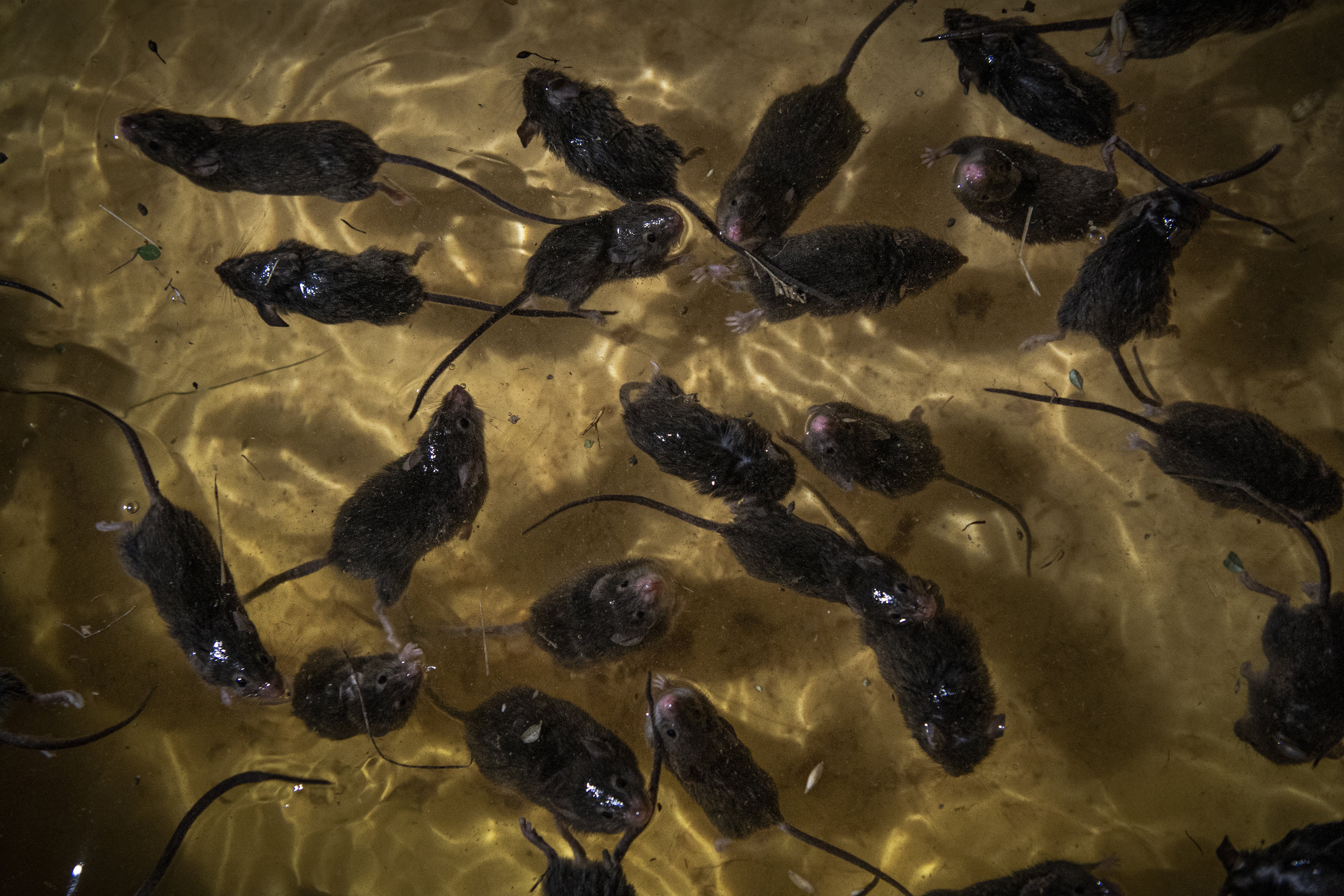
With a shortage of traps, farmers have had to come up with their own systems to catch mice.
They're crafting makeshift traps out of barrels and buckets. They're laying down treats to tempt the mice to scuttle to their doom.
Some farmers have enlisted the help of experts like Henry, a government scientist who roams the country advising people on how to deal with the rodents.
In Coonamble, west of Sydney, last month, Henry inspected a 3,000 bale haystack – worth roughly $93,000 (£67,000) at current prices – that had been destroyed by mice. In a drought, the straw would fetch twice that, he said.
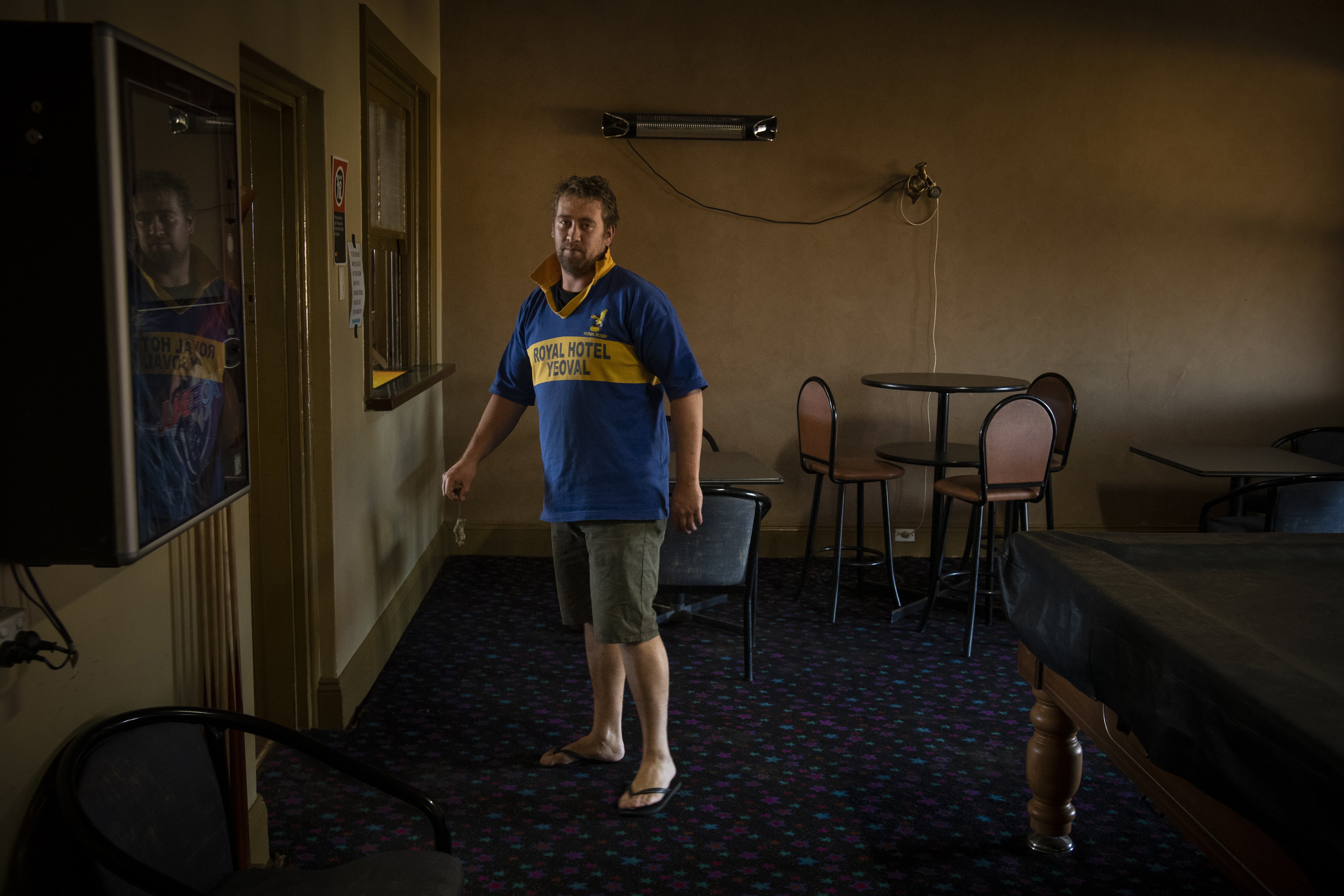
“When I wake up in the morning I am talking about mice and then when I go to bed I am still talking about mice,” he said.
At the Royal Hotel in Yeoval, about 200 miles west of Sydney, the publican, Mark Iles, said he was catching mice in his bare hands a few weeks ago as they scampered across his bar.
Greg Younghusband is a 40-year-old farmer near Gilgandra, about 270 miles west of Sydney. In dealing with the infestation, he has had to burn his own crops and set up scores of traps.
One Saturday about a month ago, things got so bad that Mr Younghusband had to send his wife and daughters away to a nearby town for the weekend. The mouse invasion was too much to bear.
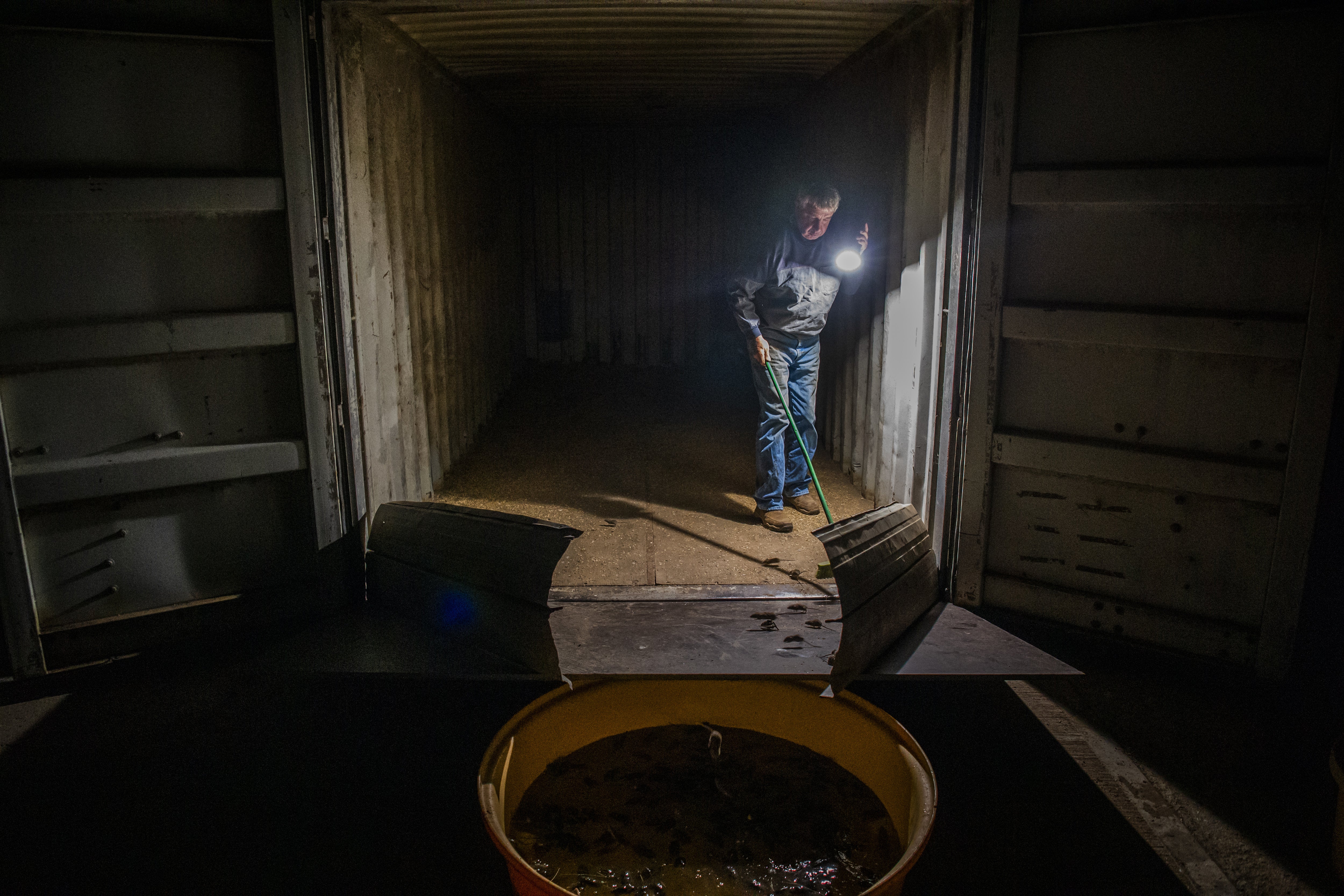
They were in his shed. They were in the house. They destroyed his washing machine, dryer and two refrigerators. They chewed through his couch, his coffee machine and his daughter's bed sheets. They were under the oven.
He could hear them in the walls. He also smelled them. The smell of death. Everywhere.
“You can't get rid of the smell because they die in the walls. They die under the stove,” Mr Younghusband said. “It's the worst smell you've ever smelt. It's unbelievable.”
He armed himself with 40 traps and between 2pm and 2am he caught 450 mice, before giving up and going to bed. “I'd unload a trap and bait it again and as soon as I turned away it would go off again.”
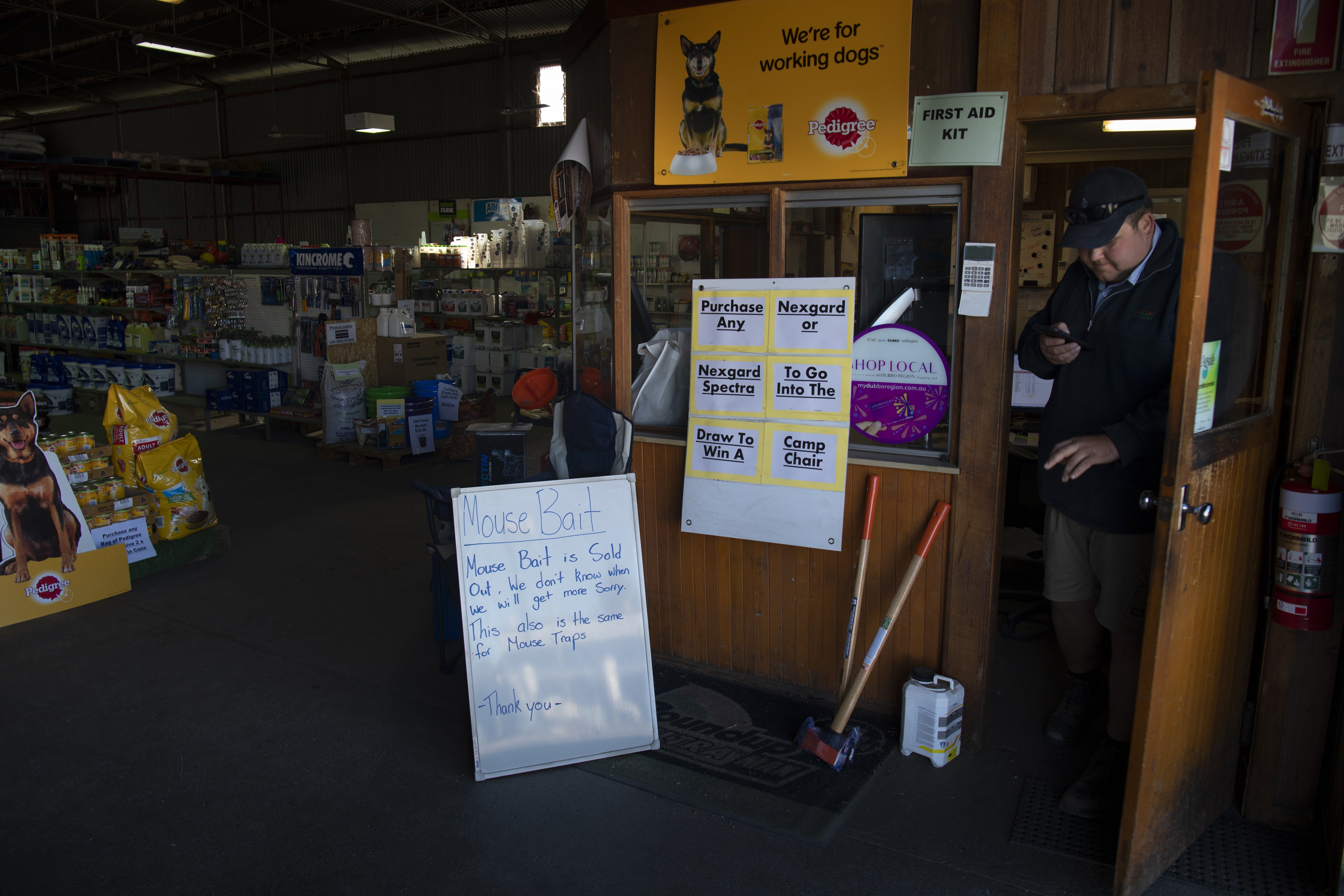
One recent evening, Mr Younghusband lit a fire under about 130 hay bales that had been destroyed by mice and stood back to watch, beer in hand, as flames lit up the night sky. He estimates he has lost about 1,500 bales so far.
Normally a mouse plague will end apocalyptically, according to Henry, as the population grows too big to support itself. Riddled with disease and running out of food, the vermin turn on each other, starting with the sickest and weakest.
He worries that if temperatures don't drop sharply enough over the winter, many will survive the cooler months, setting up for an even more explosive outbreak next spring.
© The Washington Post
Join our commenting forum
Join thought-provoking conversations, follow other Independent readers and see their replies
Comments
Bookmark popover
Removed from bookmarks